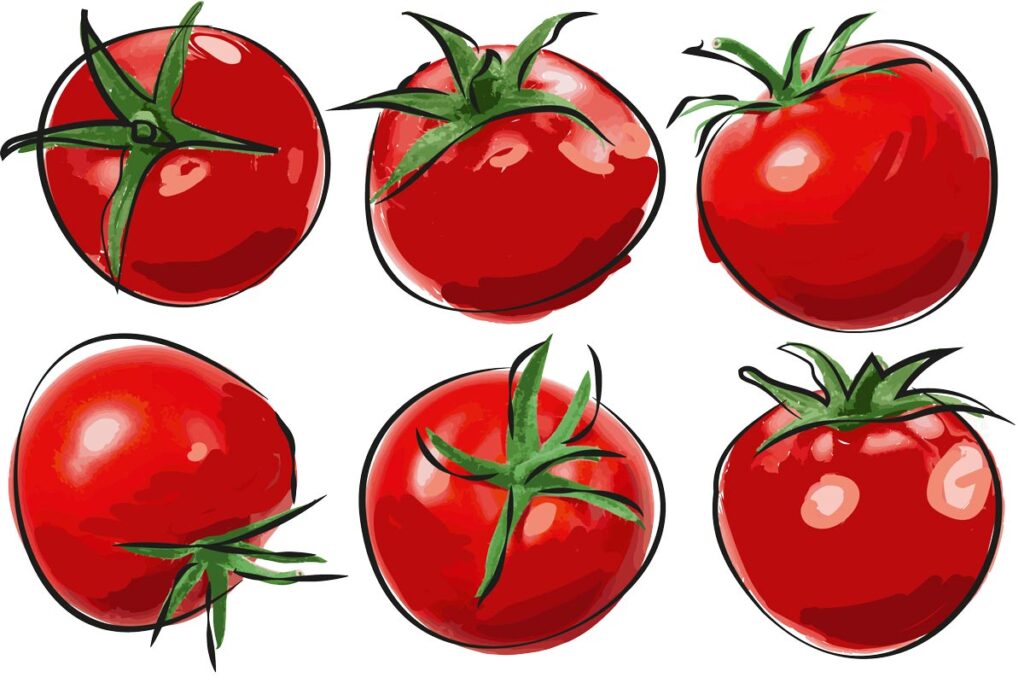Plants sing, as biologists at Tel Aviv University in Israel have recently discovered. They’ve also done some research on what the noises tomatoes or clematis make might mean.
Recently, I reported on a study into the courtship behavior of mice. Behavioral researchers at the University of Vienna discovered that male mice sing when they are courting a partner. Although scientists have even listened into very distant black holes or the deepest underwater trenches, the singing talent of mice has only just been discovered. On the one hand, because humans – this is a pet theory of my own – only ever hear what they want to hear. Mouse songs have not been part of this until now. Secondly, the love songs of mice are really only meant for mice’s ears. Without a special amplifier, we can’t hear anything at all, because mice sing in the ultrasonic spectrum.
Why am I repeating this here? Because I have now learned another interesting thing about misunderstood vocal talents. Plants sing too. Biologists at Tel Aviv University in Israel have now discovered this. However, plants do not sing in order to encourage other members of the flora to form a partnership – which would probably only cause unfulfilled longing and ultimately deep disappointment in the vast majority of plants. After all, plants are – res natura – predominantly firmly rooted in the here and now and topsoil. This makes them quite immobile, which in turn makes a first date, for example, an impossibility for any primrose or palm tree. Perhaps this explains why plants do not sing in the conventional sense, but rather grumble indignantly, mutter annoyedly or, when things get serious, loudly scream in terror. Whereby “loud” is an assessment strictly from the plant’s perspective. We humans are, once again, deaf to all of this.
In any case, stressed plants make sounds that can be heard from several meters away – by other plants and also by animals. According to the research, the type of communication corresponds to the type of bad day they are having. Apparently the sounds, recorded with highly sensitive high-end microphones, sound like nervous banging noises. They are, according to initial assumptions from Tel Aviv, a by-product of cavitation, in which tiny bubbles burst and create mini-shockwaves in the plant’s vascular system. The researchers concentrated on tomato and tobacco plants for the wiretap operation, as these are easy to grow and have well-researched genetics. The plants were placed in soundproof wooden boxes and two microphones were pointed at their stems. It got really “loud” when Mrs. Tomato or Mr. Tobacco were dehydrated and therefore thirsty – or their stems were cut off, simulating an attack by herbivores.
You might now ask yourself what business singing mice and bleating tomatoes have being featuerd in FIDELITY. Of course, you can also have a go at the topics of the day: Roger Waters, Rammstein … But you don’t have to.
I prefer to sit on the balcony, turn off my cell phone and lean forward. Listen to the stem of my balcony clematis. It’s been a hot day. Does it crackle angrily? I quietly, very quietly sing a soothing tune into the foliage. The solar irrigation system is quenching its thirst, humming delicately, drop by drop and precisely tailored to the needs of a medium-height clematis growing in partial shade. Do I hear a soft, contented sigh? I think so.
PS: Useless facts, part 31: Angry or frightened plants communicate in a frequency range that is inaudible to humans. The researchers at Tel Aviv University, including an expert in bat ultrasound, first had to translate the plant parlance into sounds that we humans can actually hear. Mice and moths, however, can receive the flora talk – it can be heard up to 15 meters away.


